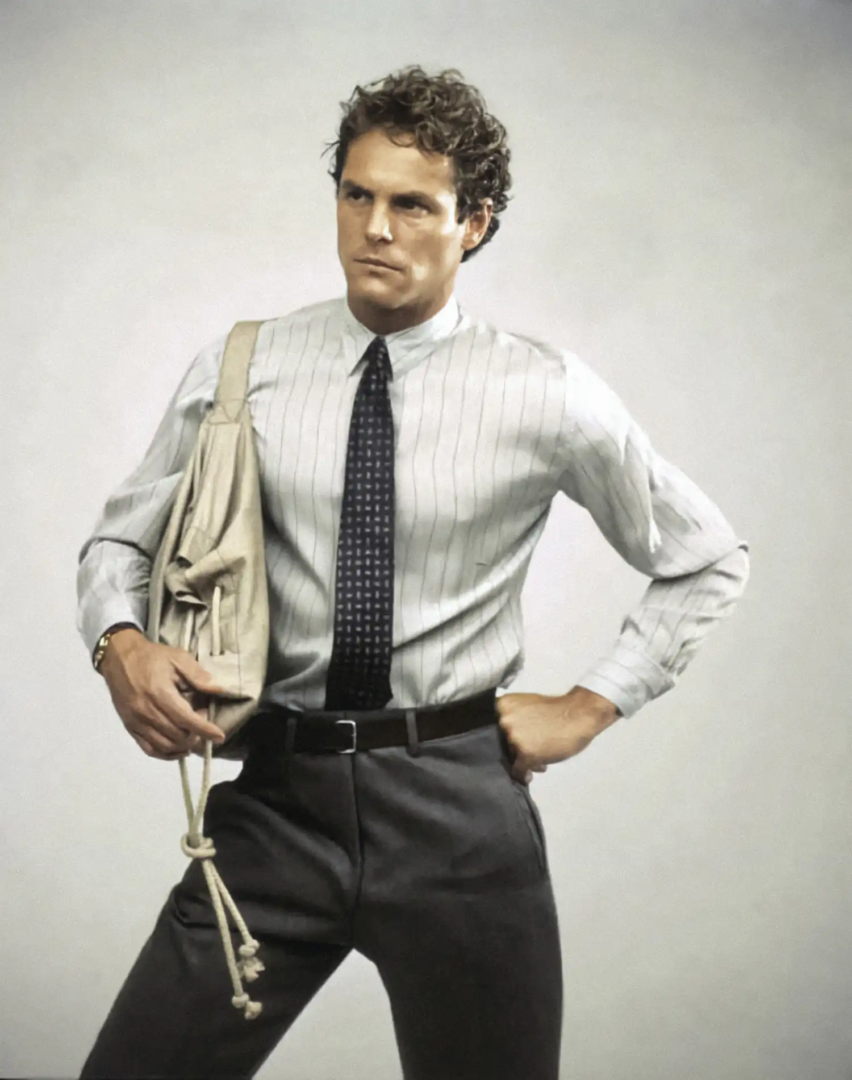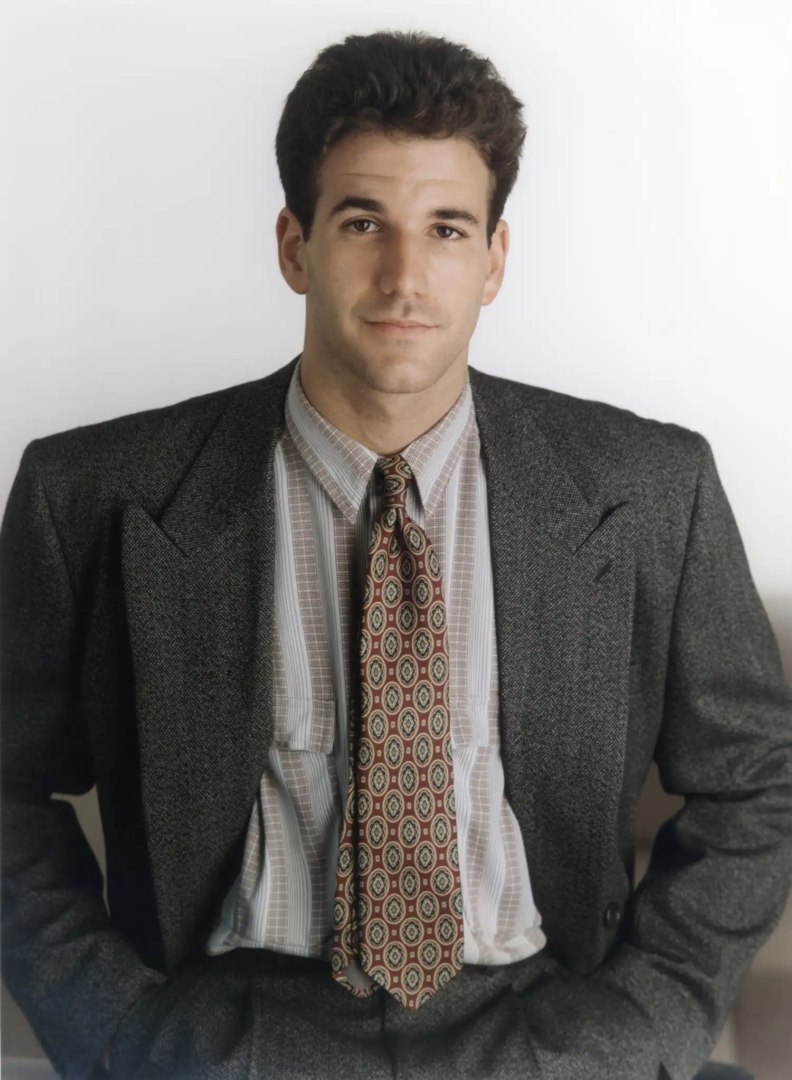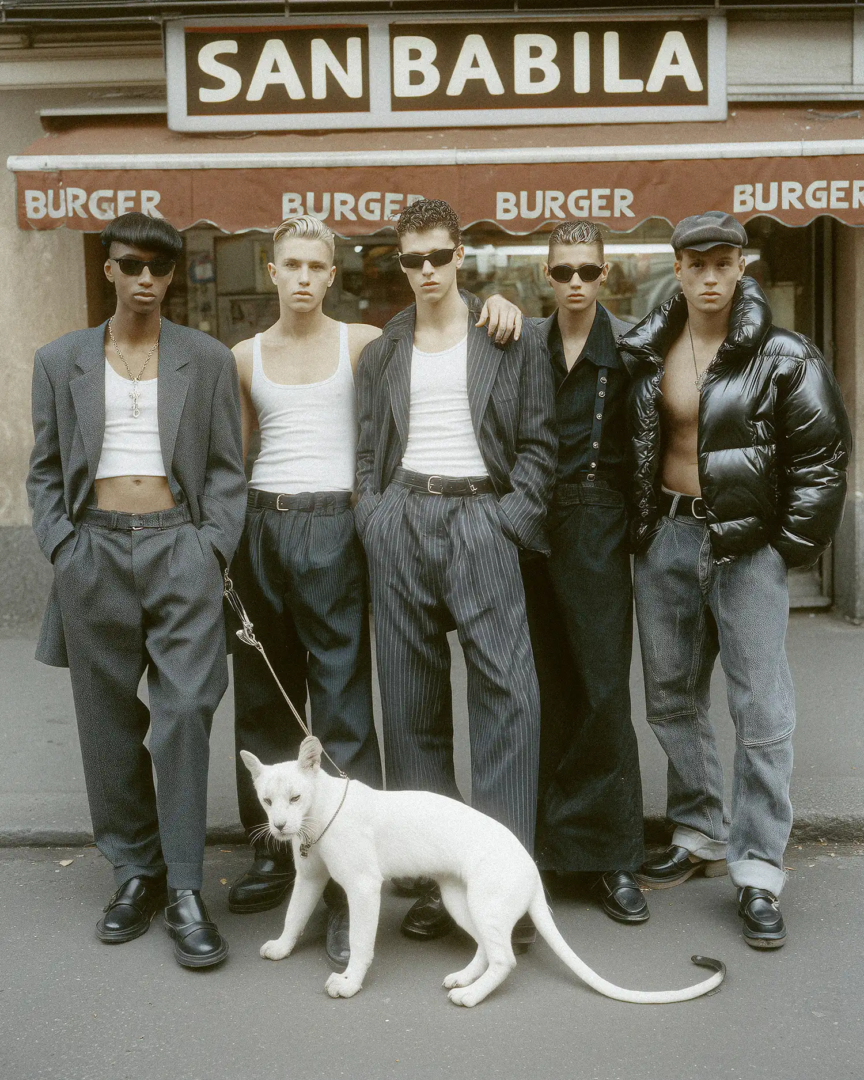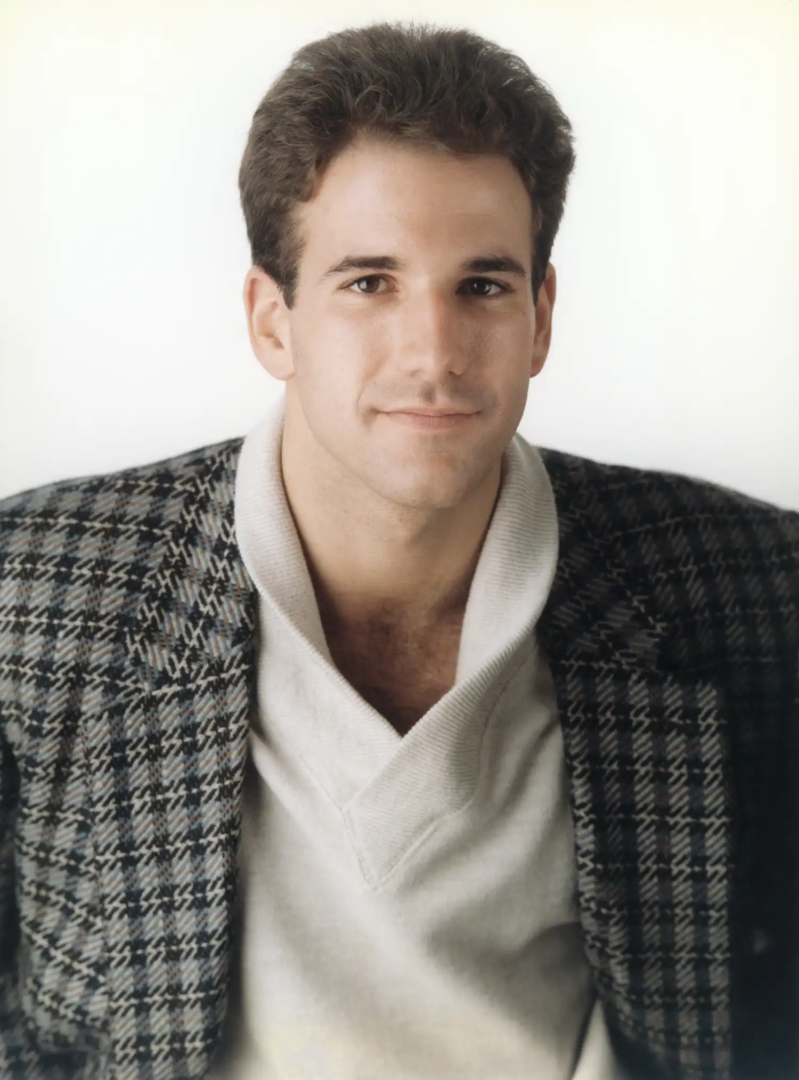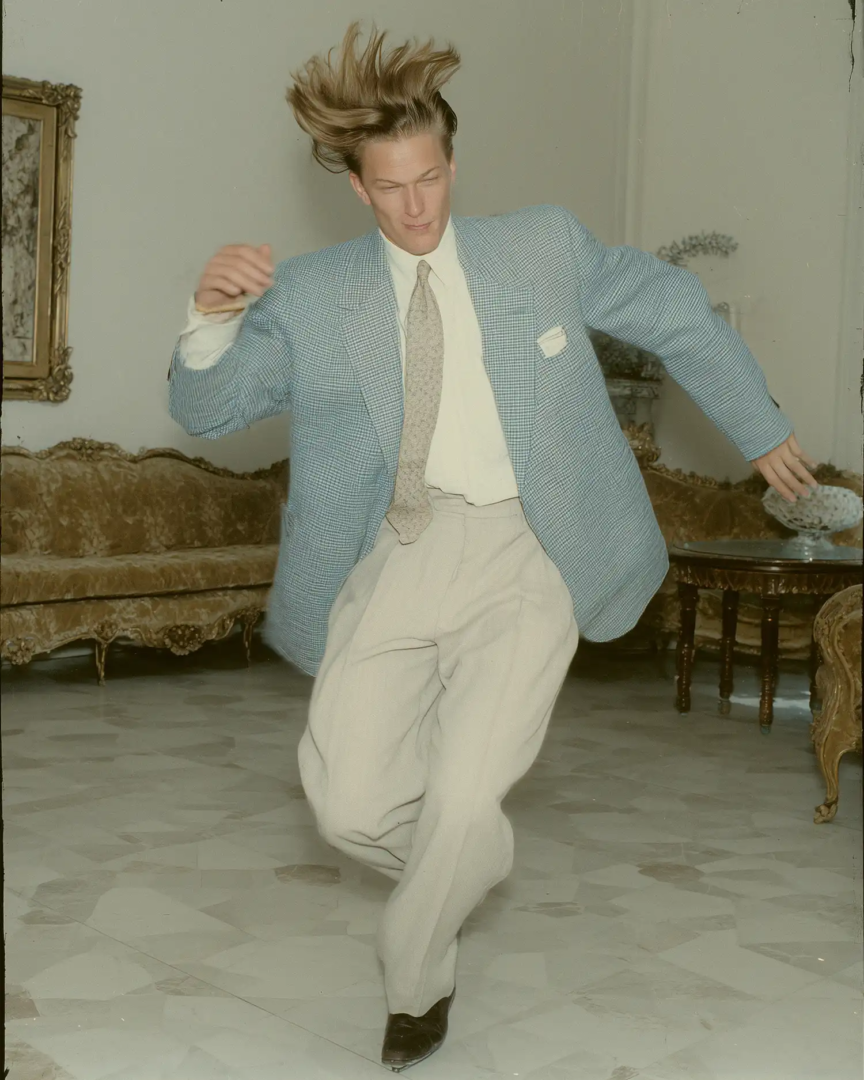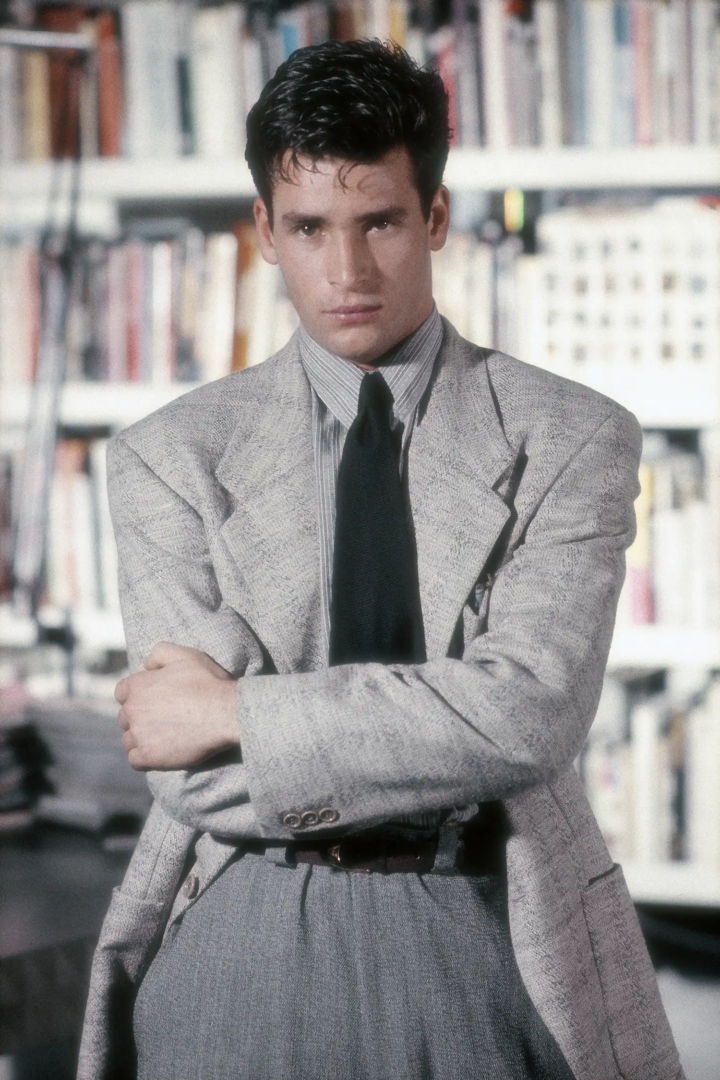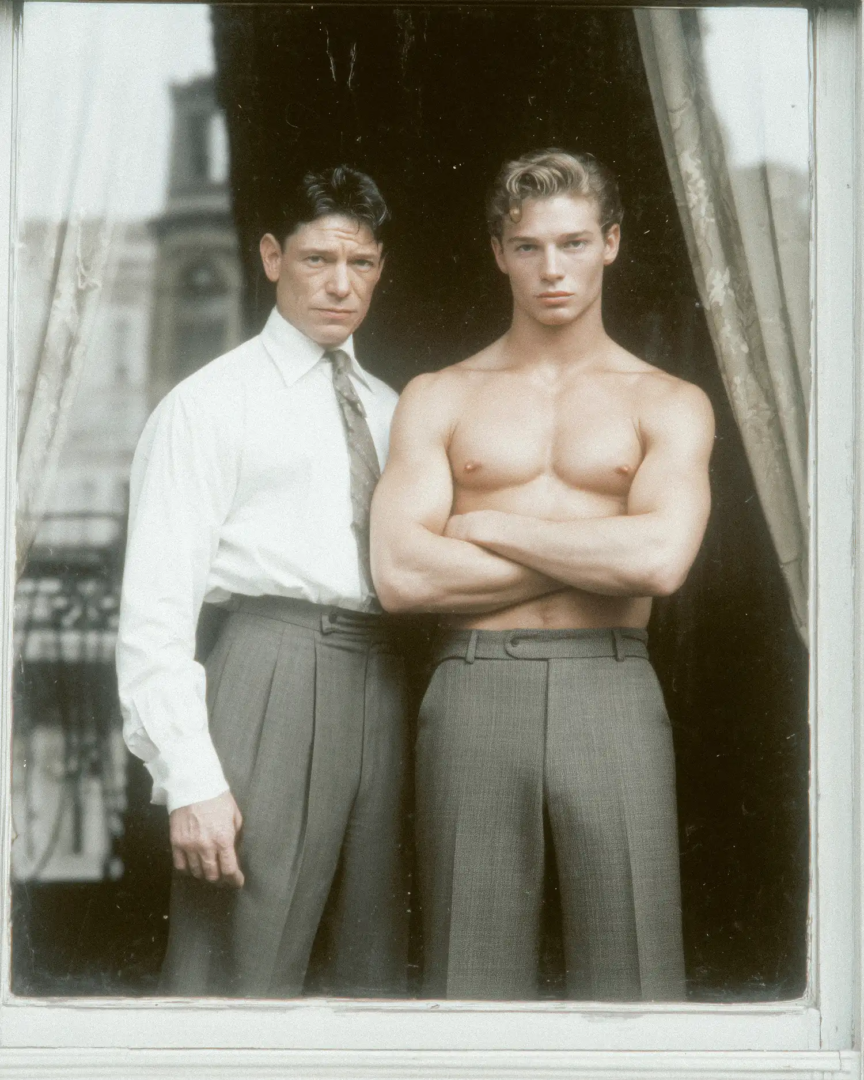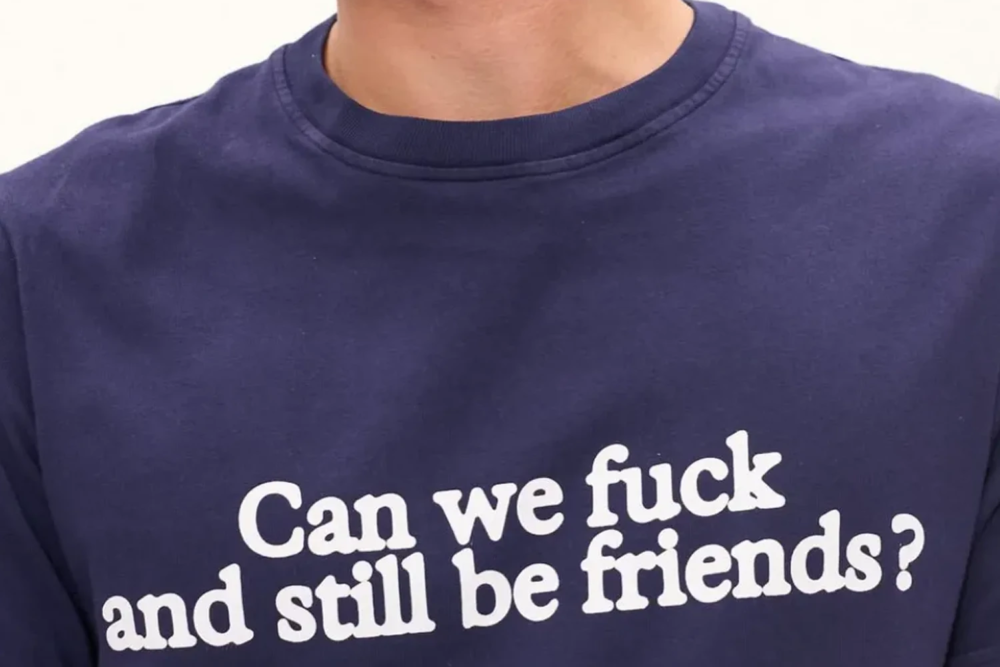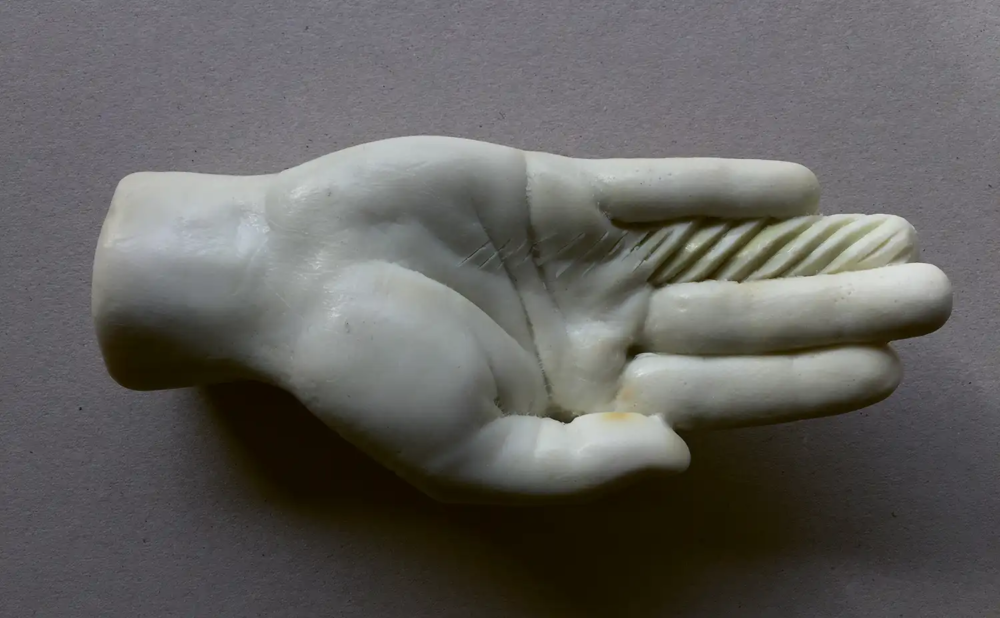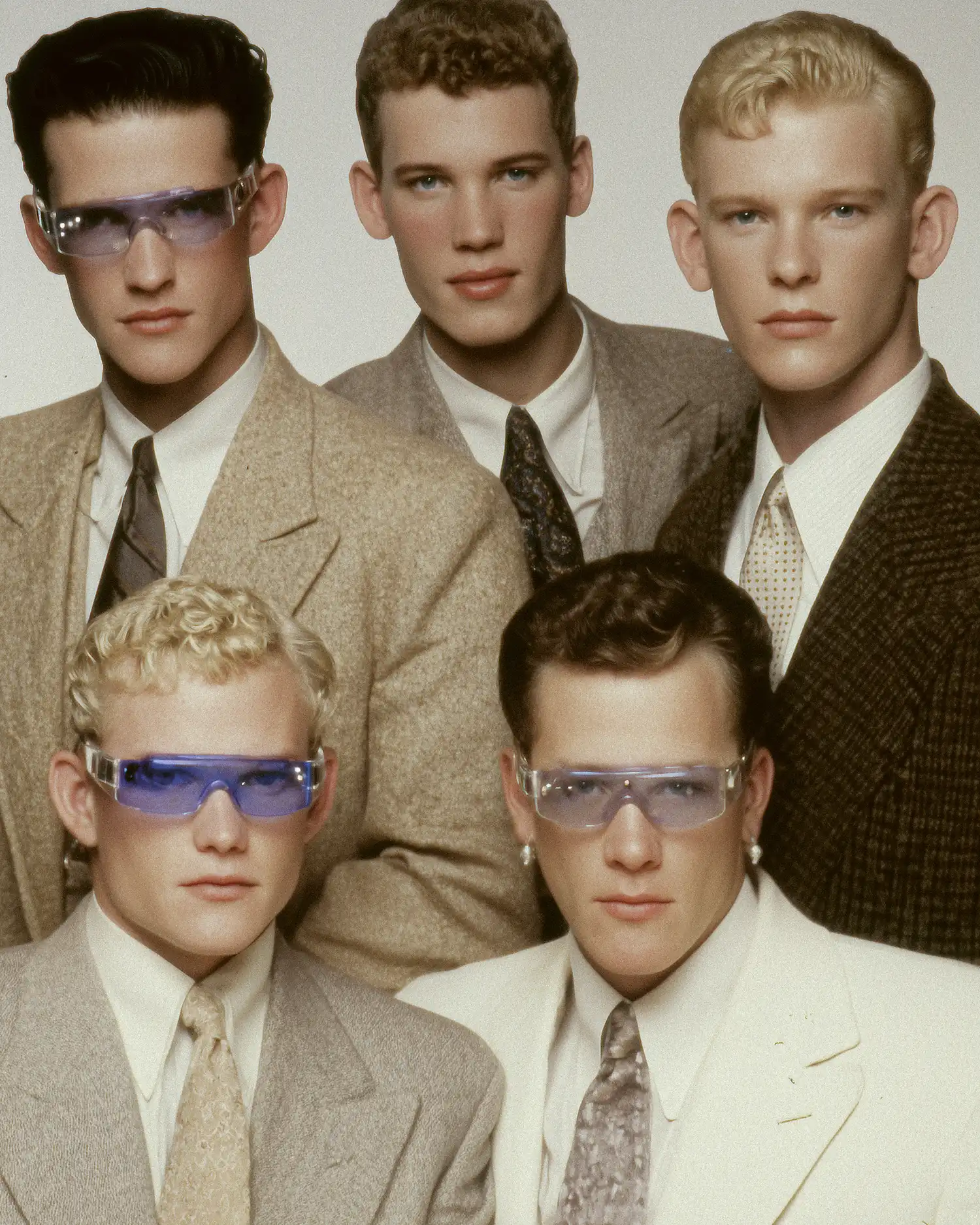
The difference between fashion and style – and the measure of Armani
The Giorgio Armani company: 50 years of activity and operation – style, fashion and measure, pioneering sustainability, message, and Milan’s rough architects
A tribute to Mr. Giorgio Armani: some images from the archive – marking 50 years of operation and 91 years of human life – and some others: generated and created using Artificial Intelligence. The Past and the Future: one story only – Mr. Armani
Armani, 50 years in business – between style and measure, and the intellectual society
The dazzle is for luxury – but Giorgio Armani would just smile at it – again. In 50 years of activity, Giorgio Armani has replaced every dazzle with a gentle gesture. In 50 years of applause, Giorgio Armani – the company, not just the man with his personal story – has codified Milan’s style into fashion. Clothing, design, furniture. Armani’s mood is about balance, a balance built on consistency. Milan’s style is rationalism – born with the Italian Master Architects – Piero Portaluppi and Gio Ponti, it was consolidated by Ignazio Gardella, Luigi Caccia Dominioni, and Vico Magistretti. Milan is Alessandro Rimini’s Rubanuvole, the Pomodoro’ Sole in Piazza Meda, facing the Chase Manhattan Bank by BBPR studio at the corner of a street named after a bookstore – Hoepli. On Milanese style, Giorgio Armani calibrated his own code and managed to place it across the world. Mr. Giorgio Armani used to climb to the fourth floor of Via Bagutta and enter my grandmother’s home – with Ms. Carla Fracci.
Everyone would have wanted to be there – me too, though I was just a newborn. They say that the game of invitations, so common today in this digital society, didn’t exist in that intellectual society of Milan. Word of mouth would have been the winning card – as it still is, the strongest form of communication – meaning when you have a strong project, you can remain silent and let others speak for you. Giorgio Armani: 50 years ago.
Armani, 50 years – ahead of research, a strategy against envy, and a path to sustainability
In 2016, Mr. Armani had announced the phase-out of all animal furs; by 2021, the group had also abandoned angora wool. Armani positioned himself ahead of research – he wanted to revamp the hemp supply chain in Italy – the Baby Hemp project, around the year 2000, was financed by Giorgio Armani. Hemp remains the only fiber allowing a textile company to approach sustainability with coherence (it is the only fiber that can truly be called sustainable today – and in the last century, Italy was the world’s top producer).
Through a clear statement on the phase-out of animal furs, one can hope that fur alternatives will soon be crafted from natural, not synthetic fibers. After all, a polyester fur can prove polyester fur can be more harmful to the environment, to animals and humans alike, than a well-managed, certified animal farm. Today, fur can also be replicated using wool, goat hair, silk, alpaca, cotton, and, of course, hemp.
In today’s strategy, so-called influencers are no longer a focus – they stand marginally. A scientific, verified, and perhaps inhuman but objective fact: social media mechanisms are powered by envy. Success appears massive then and now – Giorgio Armani, 50 years of operations – an ongoing, profitable achievement. The question is: can allure, respect, and wonder still be built and maintained in a time when social media catalyze hate? Giorgio Armani communicates the opposite of envy. He conveys care – for eternal ice as much as for the ocean. He engages in the pursuit of sustainable industrial production.
Giorgio Armani used to confirm what might sound absurd to anyone in his field, when he repeated once again that clients must be taught to buy less. Mr. Armani has defined a responsibility for the entire luxury industry: for luxury to be strong again, it must be ethical.
Giorgio Armani, Per Amore – colors and tones, the message, and once again, measure
With Giorgio Armani, we have understood respect, loyalty, and friendship, when he appeared holding hands with Leo Dell’Orco. In our eyes, we see a gentleman who rejects passive emotions. Armani’s autobiography is titled Per Amore – beyond the noise, only the message remains.
The colors of September, when the sun’s rays have passed the solstice and begin to descend. A year is like a day: morning light differs from afternoon light. The rays are no longer vertical; they cut through oxygen with a lucid tangent. Armani chose a color and delved into its depths, excavating every nuance, dividing it into pigments like notes in a chord. The result is a symphony of fabrics, veils, wools, and inlaid knitwear that multiplies. The words are Italian. Armani: a symmetry, a sense of completeness conveyed by the final vowel – Armani.
Giorgio Armani distilled in three drops of seawater the entire contemporary game of attitudes and certainties, messages and frivolities, anxious conventions and intellectual dullness – agitations that history teaches will continue to form the current stage – or rather, fashion. There is a difference between fashion and style. Fashion is fleeting, style endures. Fashion is a game; style is a discipline. Fashion fades, style remains and returns. We, as children, want more of it. For Mr. ArmanI – for his company today and tomorrow – there is one word that persists, as I said: balance.
Giorgio Armani – the company was founded 50 years ago. And you’re there, knowing you’ll see the same thing – well made – that you saw last year and the year before. Like every other year, your eyes rest – as if, right here, someone knows how to reassure you: it’s all going to be okay. History, not fashion, moves in cycles – gold and pink, the sense of the market. Giorgio Armani’s coherence will continue to bring peace to our hearts. The center of this orbit – for fashion – is Milan. And Milan’s center is Giorgio Armani.
You do find, in his lines, those traits of modern architecture that in Milan were drawn by the rough Master Architects. In Armani, there is identity – what Milan knows and can be. In Armani’s latest releases: the music changed, slowed down. You see them go by, one after the other – those long-limbed, mellifluous, ethereal silhouettes. And before you realize it – a stray tear has reached your lip.
Carlo Mazzoni

